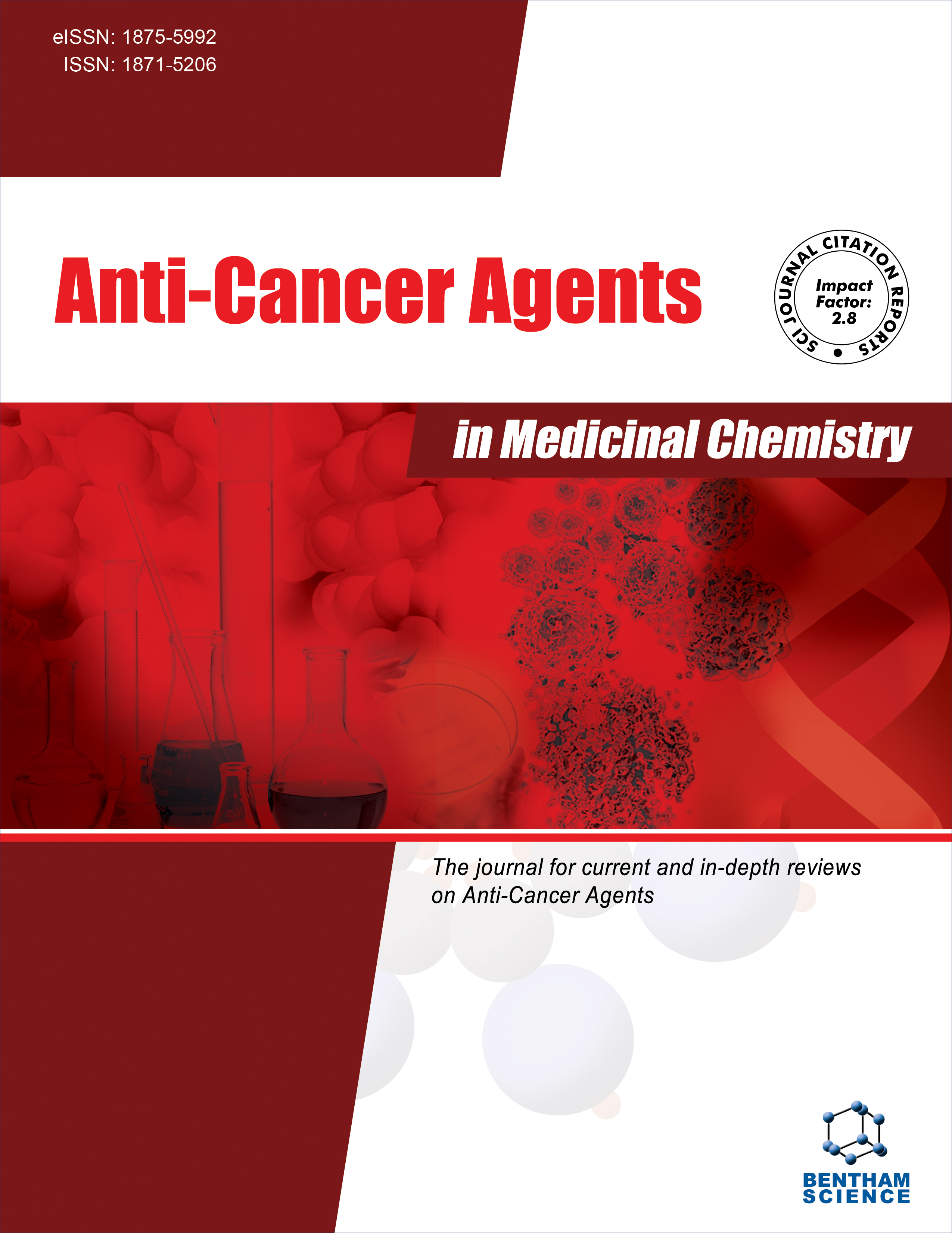
Full text loading...
We use cookies to track usage and preferences.I Understand
Dysregulated lipid metabolism within the tumor microenvironment (TME) is a critical hallmark of cancer progression, with lipids serving as a major energy source for tumor cells. Beyond their role in cell membrane synthesis, lipids also provide essential substrates for biomolecule production and activate signaling pathways that regulate various cellular processes. Aberrant lipid metabolism impacts not only function but also alters the behavior of immune and stromal cells within the TME. CD36, a key lipid transporter, plays a crucial role in regulating fatty acid sensing and lipid metabolism, and its dysregulated expression has been associated with poor prognosis in several cancers. Studies have demonstrated that elevated CD 36 expression in the TME is closely linked to abnormal lipid metabolism, promoting tumor growth, migration, and metastasis. In recent years, significant progress has been made in developing CD36-targeted therapies, including small-molecule inhibitors, antibodies, and nanoparticle-based drugs, with many entering experimental or preclinical stages. This review comprehensively summarizes the latest advances in understanding the role of CD36 in the TME, focusing on its metabolic regulatory mechanisms in tumor cells, immune cells, and stromal cells. Additionally, it highlights the contribution of CD36 to immune evasion, drug resistance, and cancer stem cell maintenance while discussing several therapeutic strategies targeting CD36, including novel therapies currently in clinical trials. By exploring the therapeutic potential of CD36, this review provides critical insights for the future development of CD36-targeted cancer therapies.

Article metrics loading...

Full text loading...
References


Data & Media loading...

